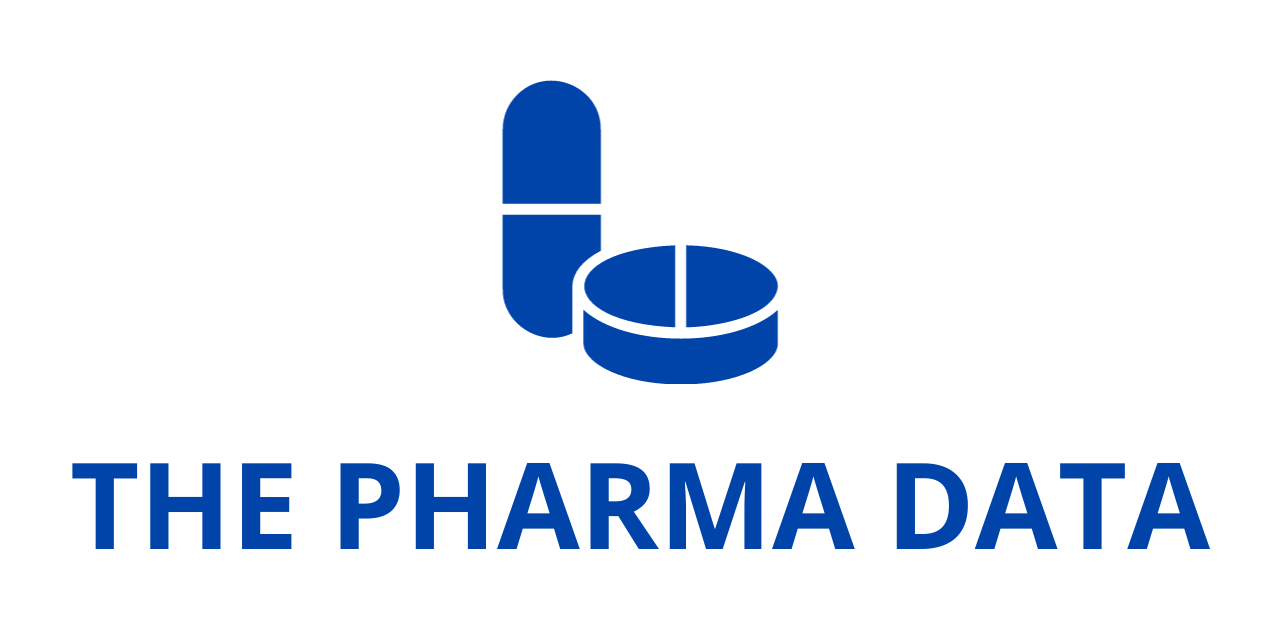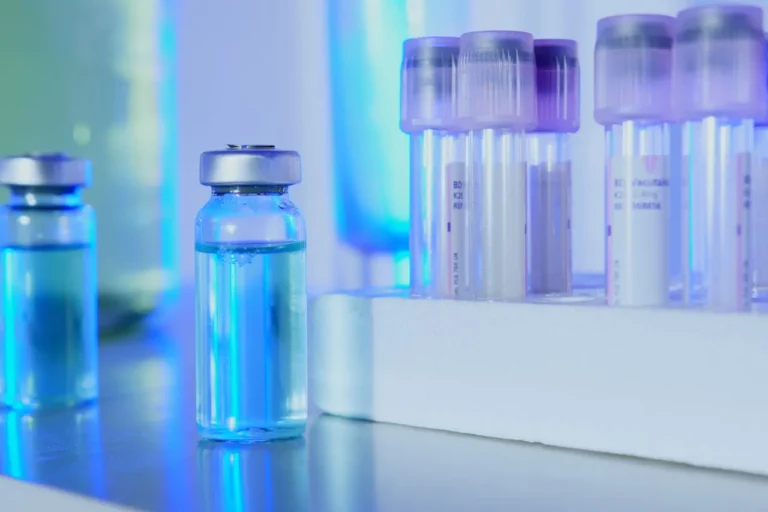
Key challenges in AAD sourcing: GMP compliance, supply reliability & quality control
Amino acid derivatives (AADs) are essential starting materials for solid-phase peptide synthesis, crucial for the development of peptide-based therapeutics in areas like oncology, metabolic disorders, and infectious diseases. As the peptide therapeutics market continues to grow, fuelled by the demand for groundbreaking treatments like diabetes peptides, the need for high-quality AADs has skyrocketed.
According to market forecasts, the global market for amino acids for peptide drug synthesis will grow from USD 414 million in 2024 to USD 727 million by 2032, at a compound annual growth rate (CAGR) of 9%. These quantities range from small-scale research lots to multi-tonne commercial supplies, placing increasing pressure on procurement teams to source these materials efficiently.
However, with this heightened demand comes a series of challenges: limited availability of high-quality AADs, complex documentation, and the constant need to maintain tight control over product quality. Each of these challenges has the potential to delay projects, inflate costs, and create risks for regulatory compliance. Let’s explore these key hurdles and how Bachem’s approach to sourcing and quality assurance can help mitigate them.
Challenge 1: Mastering GMP documentation
For any pharmaceutical company, ensuring that a material meets GMP standards (Good Manufacturing Practices) is crucial for regulatory approval. However, sourcing AADs with inadequate documentation can lead to prolonged qualification processes and increased audit scrutiny.
- Incomplete audit trails: Generic suppliers often ship AADs with only rudimentary Certificates of Analysis (CoAs), prompting lengthy back-and-forth during FDA and EMA audits.
- Missing TSE/BSE certifications: Without explicit transmissible spongiform encephalopathy (TSE) and bovine spongiform encephalopathy (BSE) guarantees, approvals for clinical trials or commercial launches can be delayed by months.
- Fragmented change control: When change-notification processes are manual or decentralized, keeping track of process deviations becomes nearly impossible, heightening the risk of non-compliance and surprise audit findings.
These issues result in extended supplier qualification timelines, additional testing costs, and delayed regulatory approvals.
Challenge 2: Securing bulk supply – from grams to tons
The volume of AADs needed for large-scale peptide synthesis continues to grow, yet many suppliers struggle to meet this demand consistently.
- Scale requirements vs. minimum order quantity flexibility: Many suppliers require minimum order quantities of 400–800 kg, which can be a challenge for companies that need smaller quantities for R&D or mid-sized campaigns. This mismatch between scale requirements and minimum lot sizes can lead to delays and inefficiencies.
- Local stock shortages: Without on-hand inventory, R&D groups can wait weeks (or months) for trial and bulk quantities, jeopardizing process-development milestones.
- Single-source exposure: Heavy reliance on a limited number of suppliers, especially from regions like Asia, exposes companies to risks such as tariffs, geopolitical issues, or sudden capacity limitations.
At Bachem, we understand the critical nature of supply chain reliability. Our in-house manufacturing means that AADs are kept in hundreds of kilograms of stock, available for immediate dispatch. Whether you need 50kg or hundreds of kilograms, we can fulfill orders on-demand, scaling up to multi-tonne deliveries.
Challenge 3: Ensuring quality control at scale
When scaling up the production of AADs, maintaining high quality across all batches is non-negotiable. Failure to maintain consistency can lead to costly errors in peptide synthesis and regulatory delays.
- Batch-to-batch variability: Insufficient product-specific release methods can lead to variability in impurity detection and potentially affect peptide yields and reproducibility.
- Insufficient analytical rigor: Standard HPLC can miss sub-percent contaminants. Best practice now demands validated UHPLC and orthogonal techniques to ensure extremely high levels of purity for each derivative.
- Evolving purity benchmarks: While a purity of ~98% was once deemed sufficient, the purity demands of today’s peptide industry are increasing, which requires more sophisticated analytical methods.
At Bachem, our product-specific testing methods, including validated UHPLC and orthogonal techniques, ensure that every AAD released has high purity. We don’t just meet industry standards; we exceed them, consistently delivering high-quality materials that support your peptide development needs at every scale.




